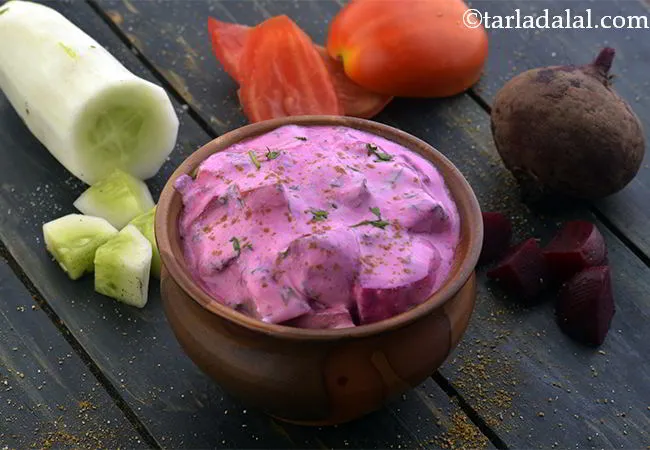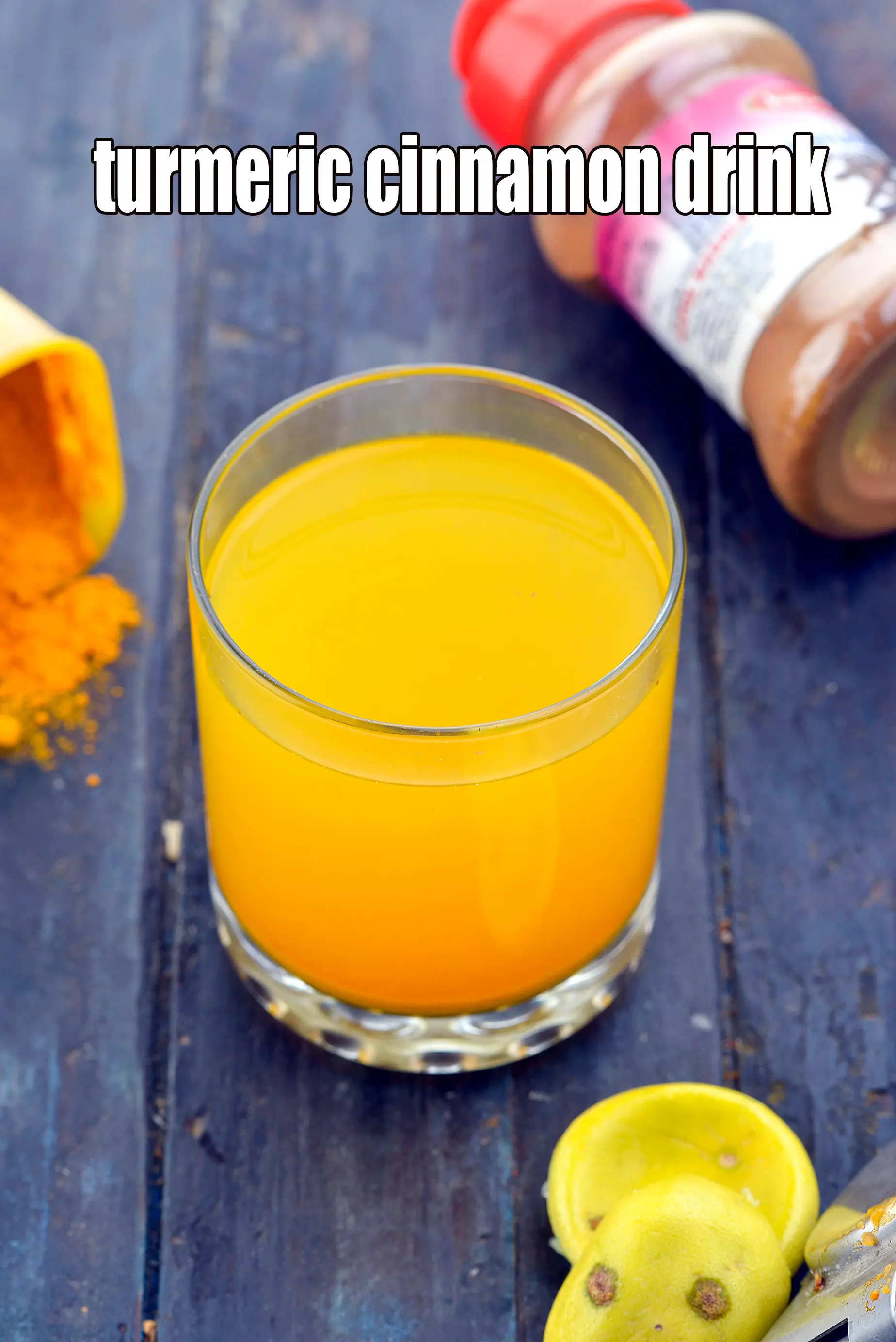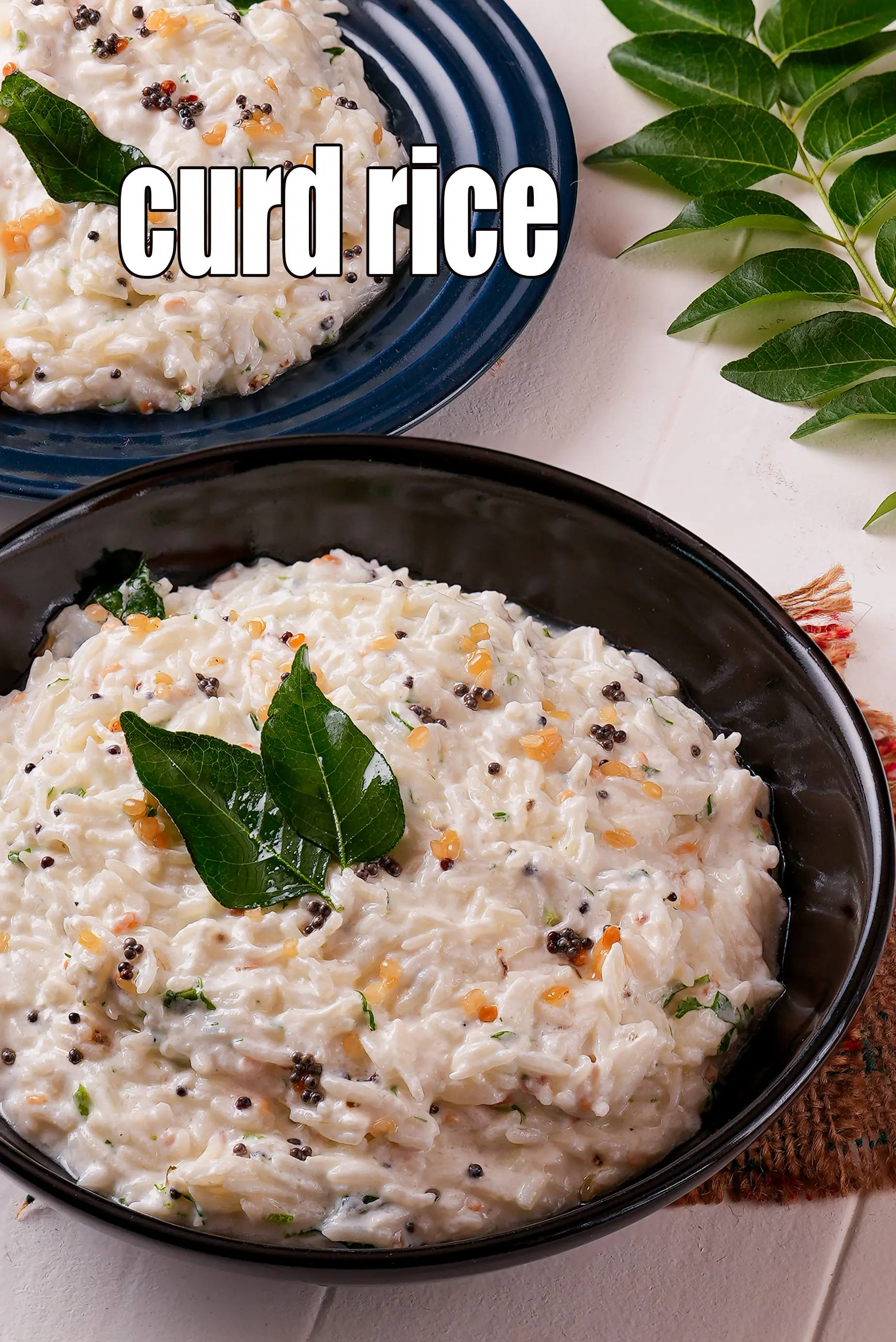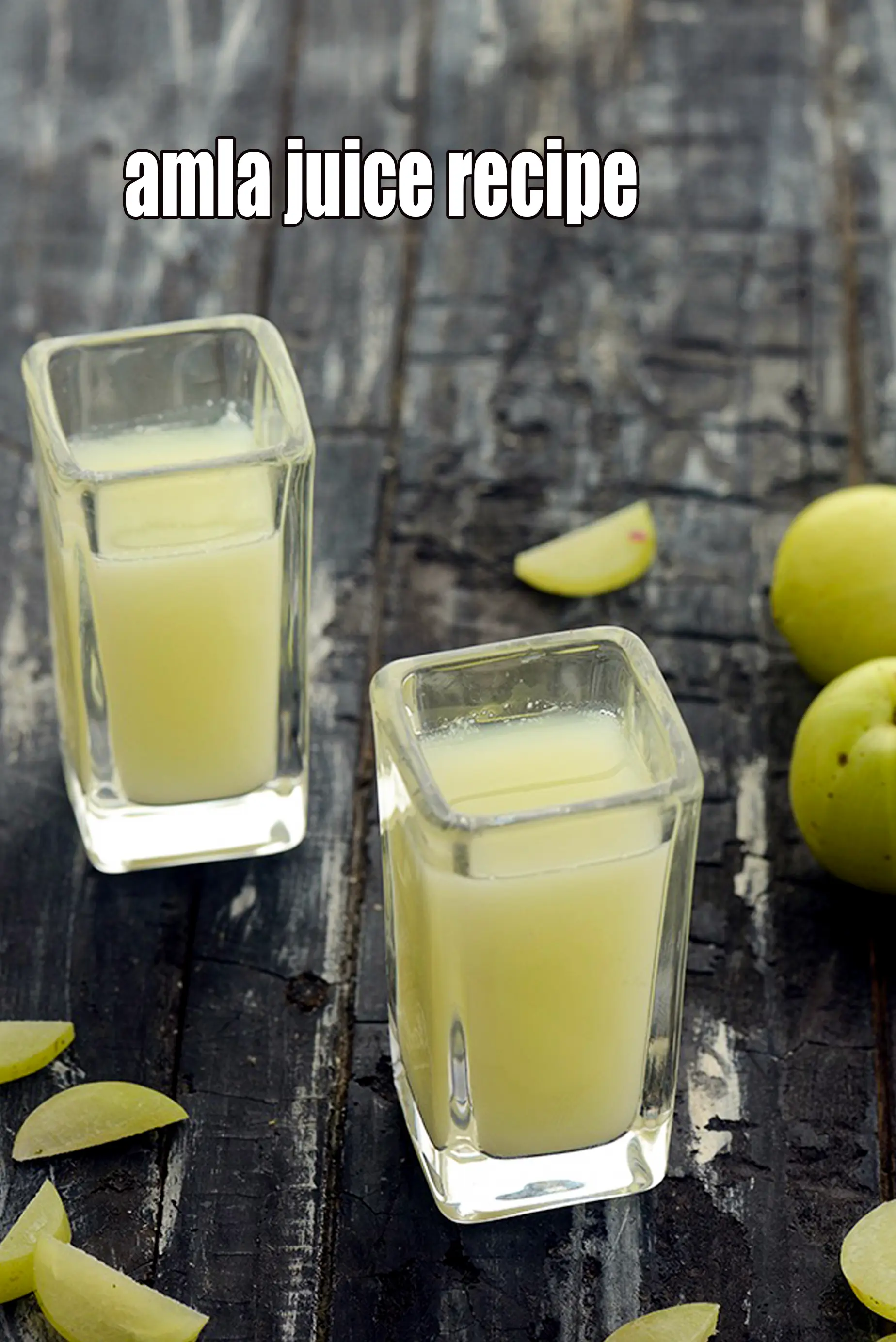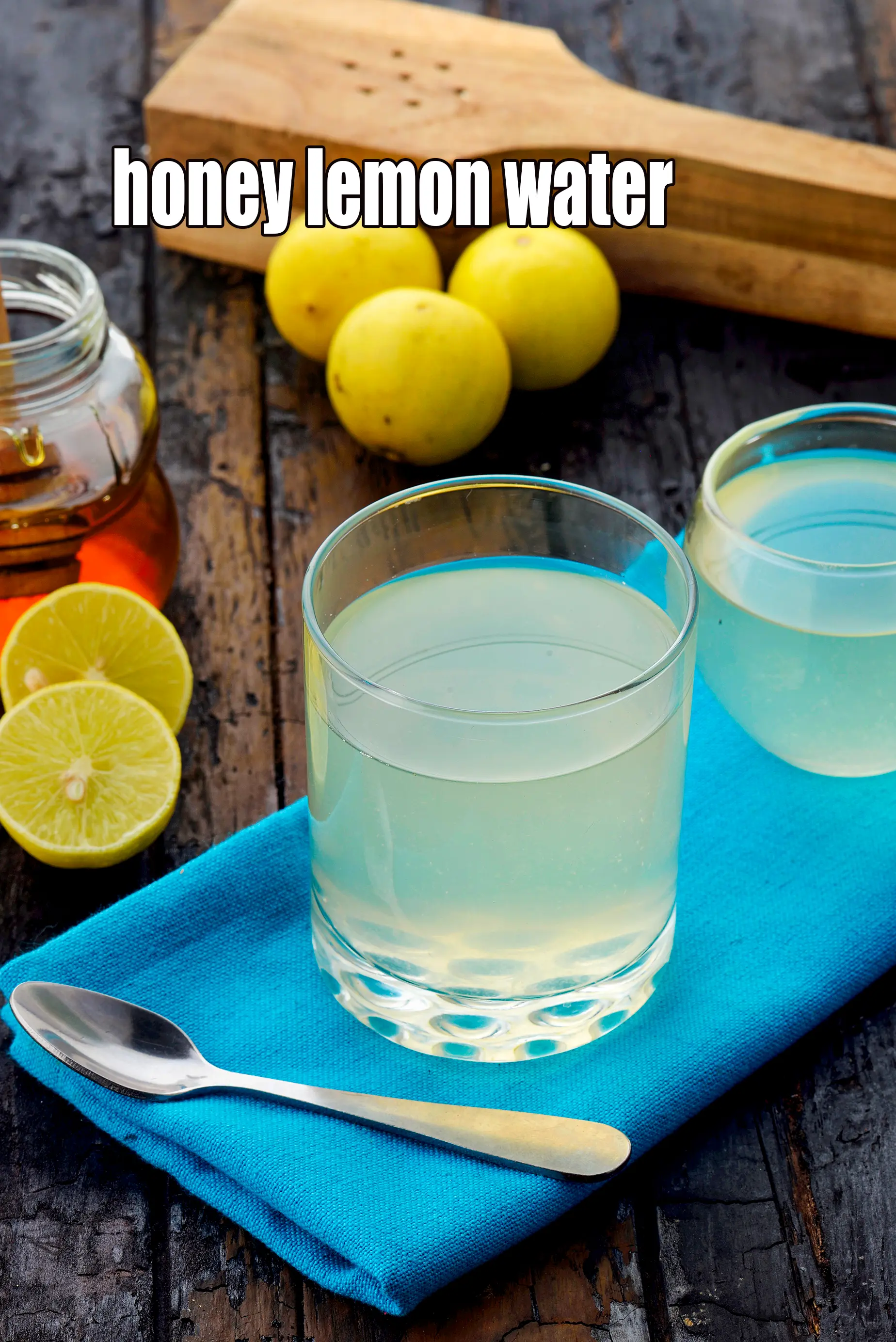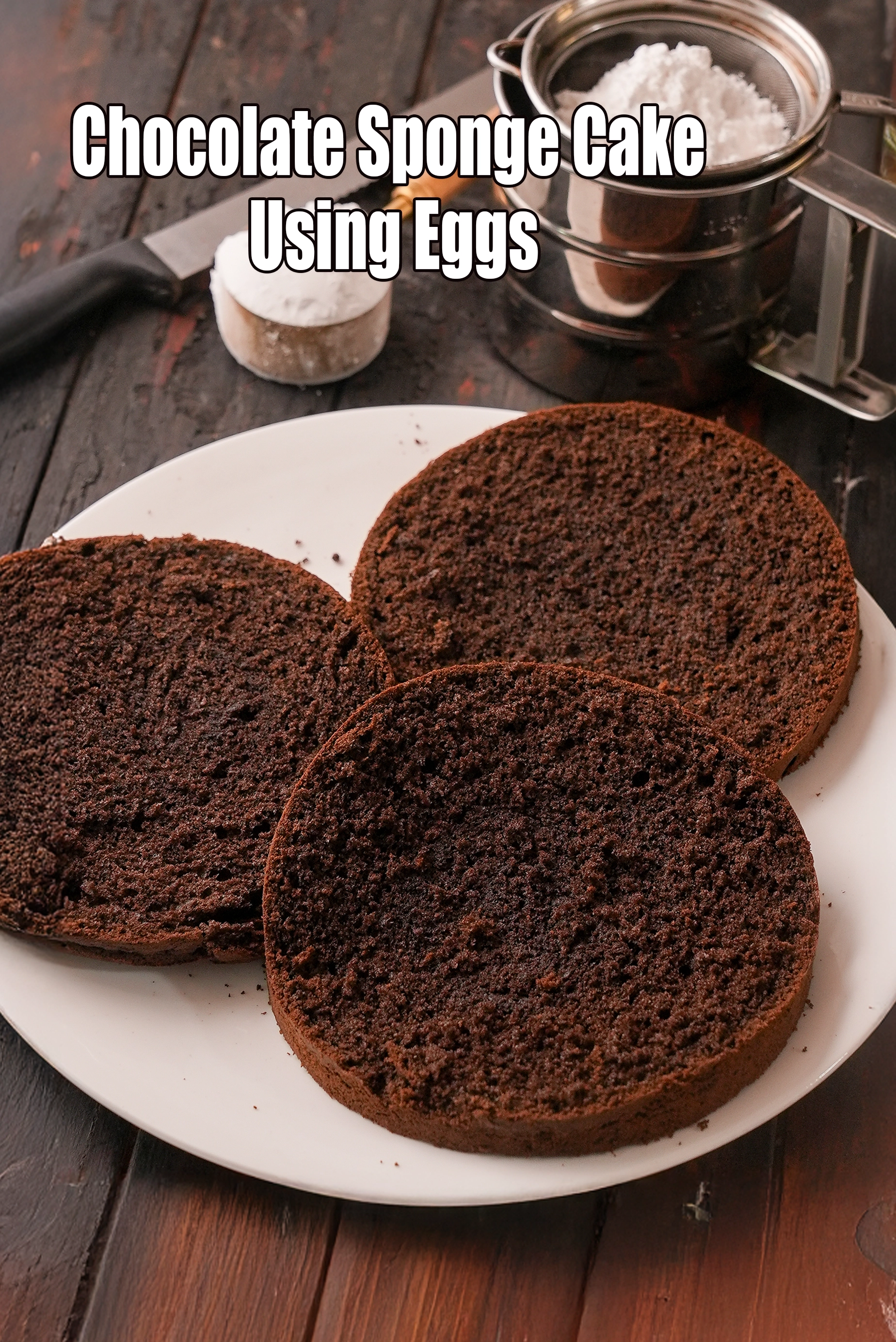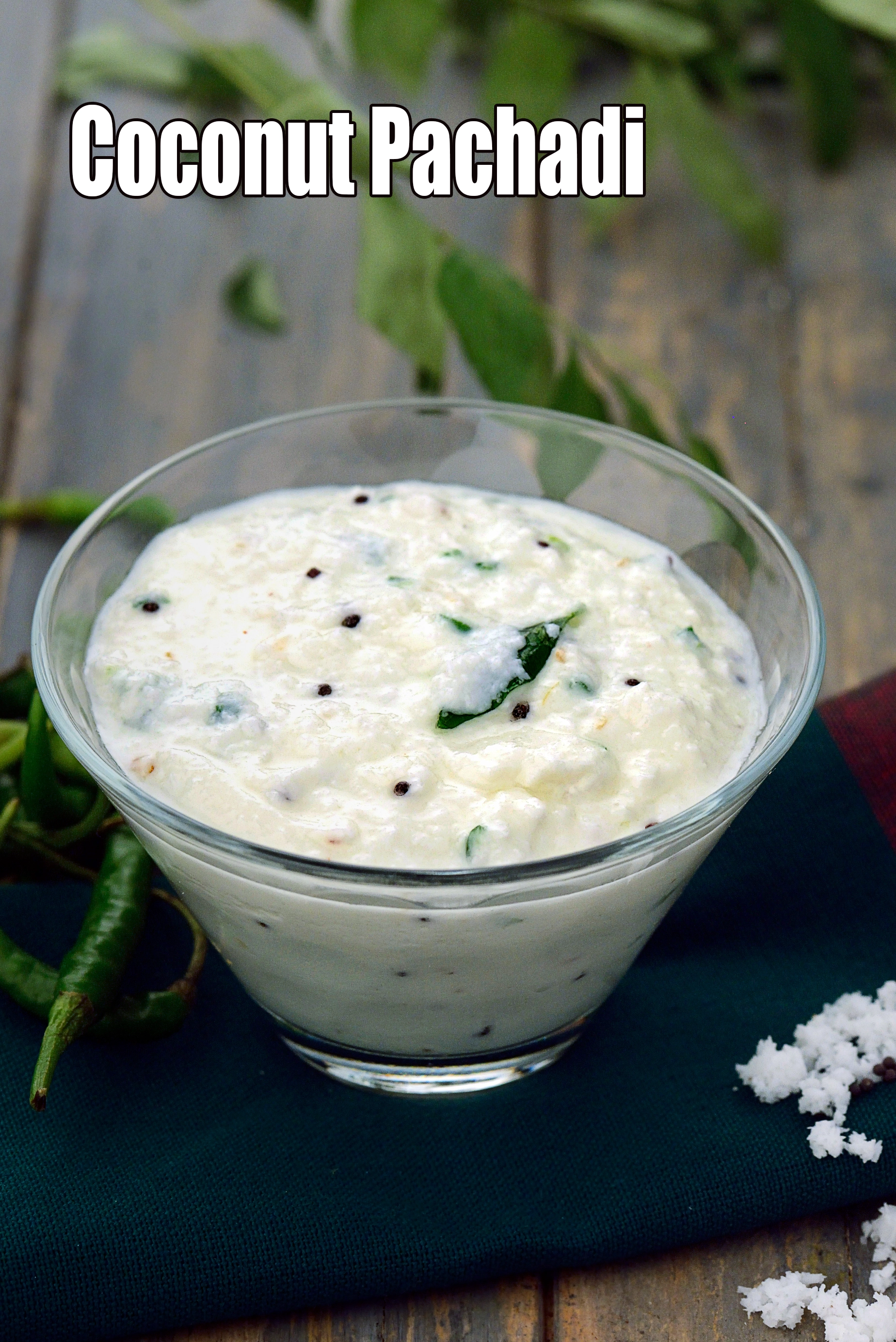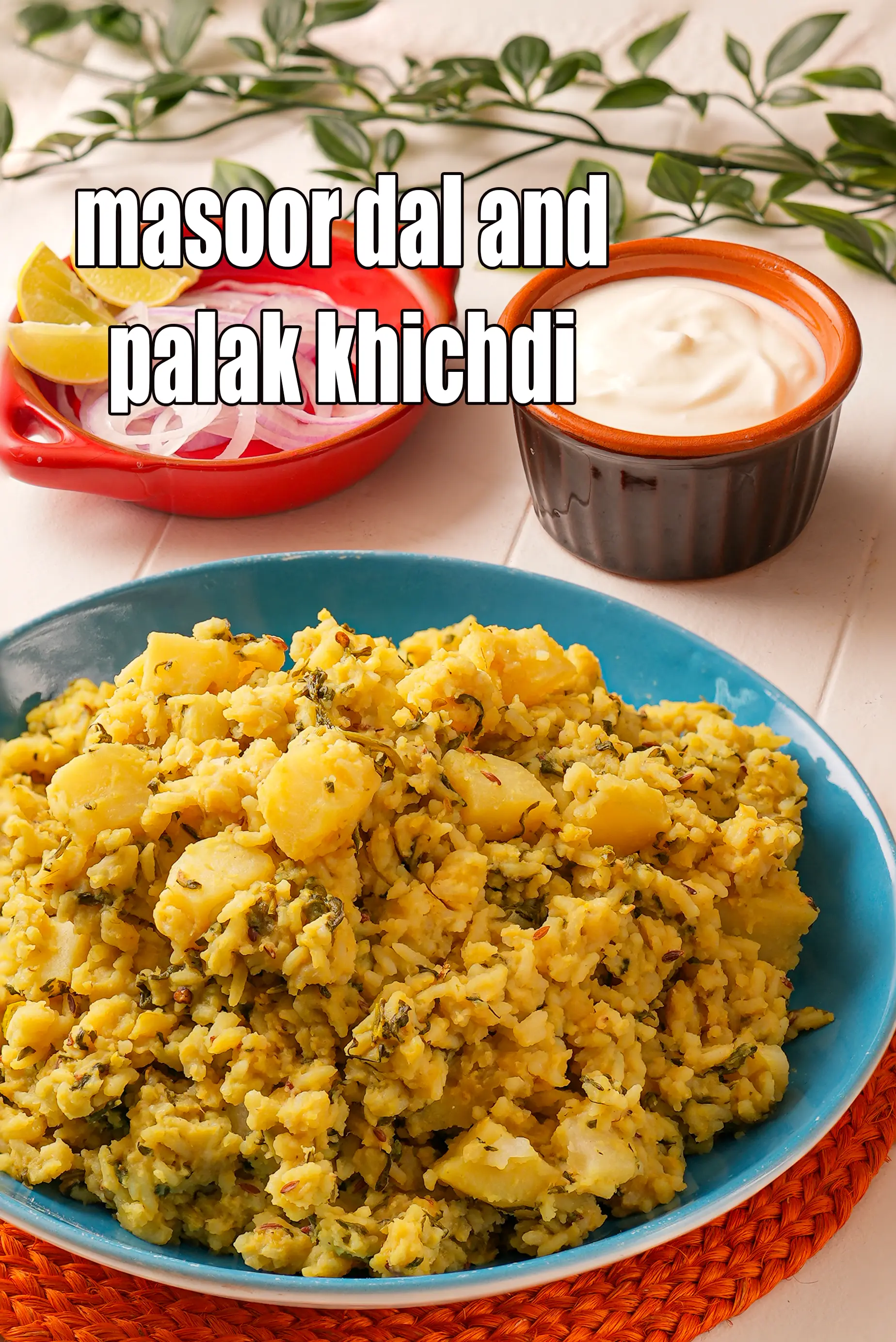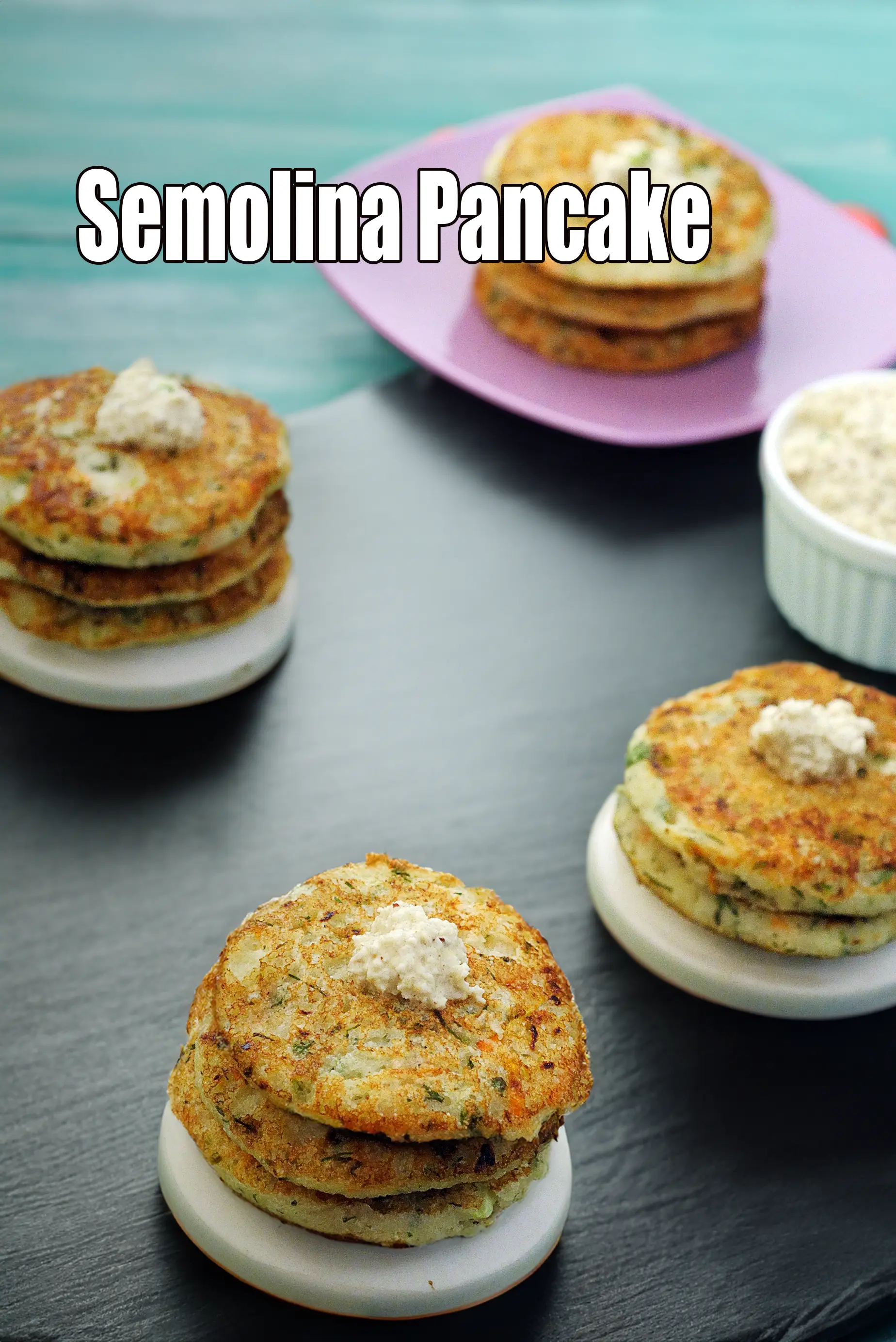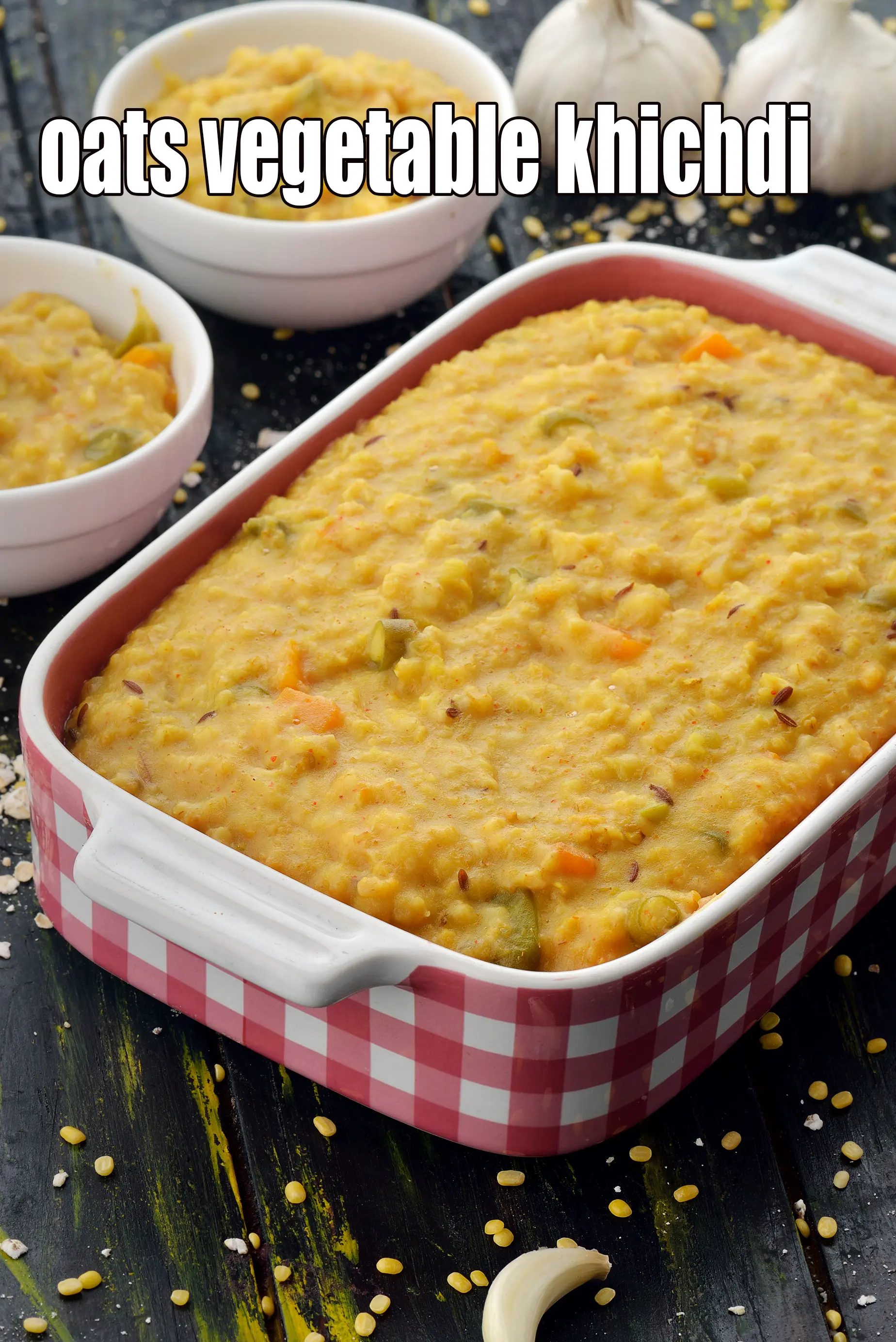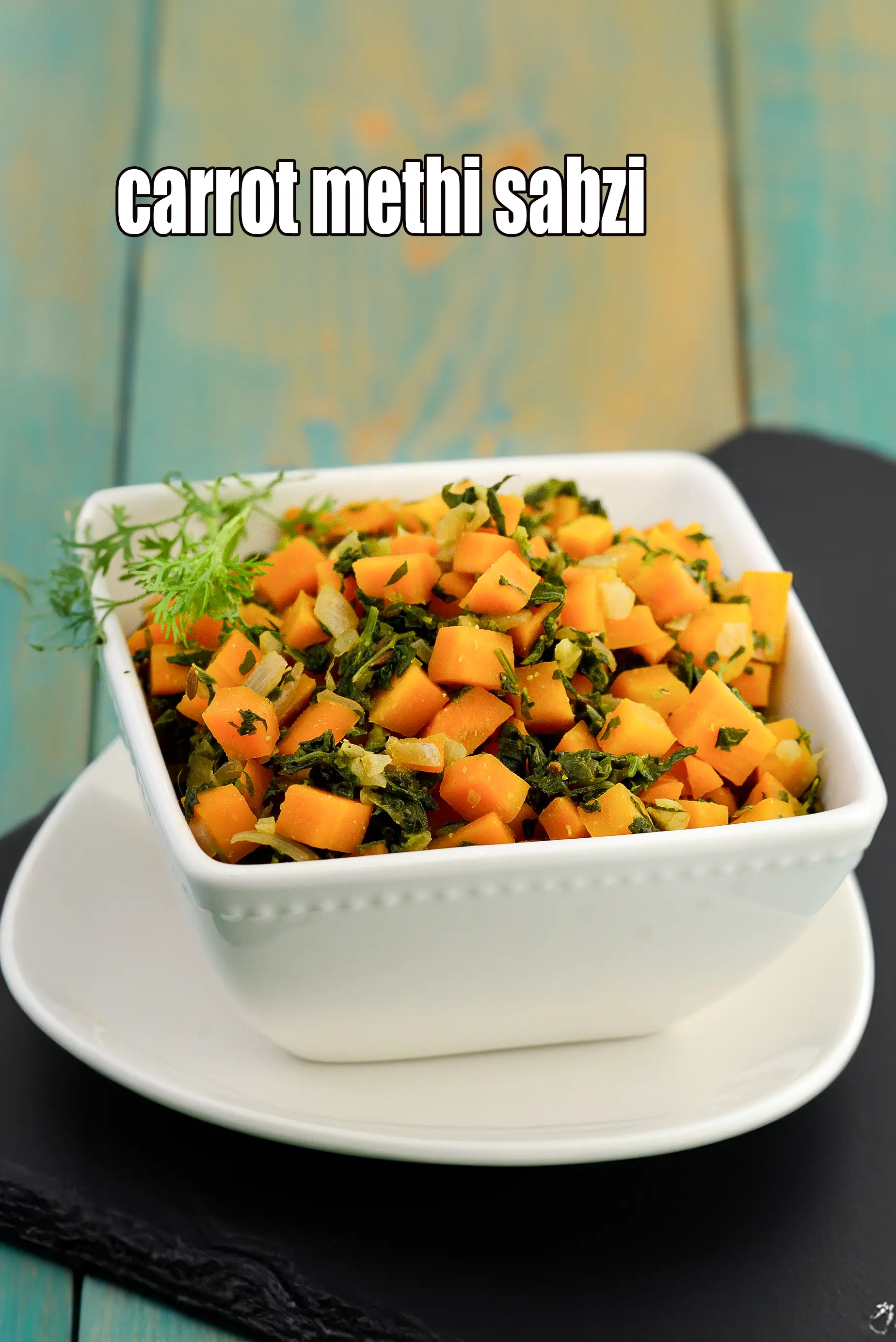Nutritional Facts of Onion Roti, Calories in Onion Roti
This calorie page has been viewed 12352 times
Healthy Indian Recipes
Healthy Indian Recipes
Cuisine
Table of Content
How many calories does one Onion Roti have?
One Onion Roti gives 105 calories. Out of which carbohydrates comprise 73 calories, proteins account for 12 calories and remaining calories come from fat which is 20 calories. One Onion Roti provides about 5 percent of the total daily calorie requirement of a standard adult diet of 2,000 calories.
1 Onion Roti, Carbohydrates 18.2g, Protein 2.9g, Fat 2.6g.
Click here to see Onion Roti calories. The Onion Roti is flavorful yet moderately-spiced so it will be appealing to the whole family. Spiced with cumin seeds, ginger, coriander and green chillies, this whole wheat based roti is rather versatile-it can be had with an elaborate vegetable preparation or just a cup of curds and pickle.
Is Onion Roti healthy?
Yes, this healthy onion roti consists of mainly whole wheat flour, onions and fats like ghee and oil. Most of these ingredietns are healthy but there is an issue with the fat amounts used in this roti.
Lets understand the ingredients of Onion Roti.
What's good in this Onion Roti recipes!
Whole Wheat flour : Whole wheat flour is excellent for diabetics as they will not shoot up your blood sugar levels as they are a low GI food. Whole wheat flour is rich in Phosphorus which is a major mineral which works closely with calcium to build our bones. Vitamin B9 helps your body to produce and maintain new cells, especially increase red blood cells. See detailed 11 benefits of whole wheat flour and why it's good for you.
Onions (pyaz, kanda) : Raw onions are a very valuable source of vitamin C – the immune building vitamin. Along with other phytonutrients from onions, it helps to build WBC (white blood cells) which serves as a line of defence against illness. Yes, it’s a source of many antioxidants, the most important one amongst them being Quercetin. The quercetin in Onions promotes production of HDL (good cholesterol) and lowers total cholesterol in the body. The sulphur in onions act as a blood thinner and prevents blood clotting too. This in turn would lower blood pressure and good for heart, diabetics. Read the benefits of onions.
Coriander (kothmir, dhania) : Coriander is a fresh herb often used as a flavour enhancer in Indian cooking. It is mainly used as a garnish. This is the best way to use it - no cooking. This preserves its vitamin C content which helps to build our immunity and bring that sparkle to the skin. The antioxidants vitamin A, vitamin C and the quercetin present in coriander works towards strengthening our immune system. Coriander is a fairly good source of iron and folate – the 2 nutrient which help in the production and maintenance of red blood cells in our blood. Good for reducing cholesterol and good for diabetics. Read 9 benefits of coriander to understand details.
Green Chillies : Antioxidant vitamin C in green chillies protects the body from effects of harmful free radicals and prevents stress. It is probably the high fiber which helps in controlling blood sugar levels. This it is a welcome addition to a diabetic diet. Suffering from anaemia? Add green chillies to your list of iron rich foods too. For complete details see benefits of green chilli.
Benefits of Cumin Seeds ( jeera) : The most common benefit of jeera known to many is to soothe the stomach, intestine and the entire digestive tract. Cumin seeds are apparently a very good source of iron. A tbsp. of cumin seeds can fulfil nearly 20% of days iron requirement. Even small quantity of cumin seeds has huge amounts of calcium – a bone supporting mineral. They aid is digestion, weight loss and help reduce inflammation. See detailed benefits of cumin seeds, jeera.
Ginger (Adrak) : Ginger is an effective cure for congestion, sore throat, cold and cough. It aids digestion and relieves constipation. Ginger was found as effective as drugs in relieving menstrual pain. Ginger is effective in decreasing the cholesterol levels in patients with high cholesterol. Ginger significantly reduces symptoms of nausea in pregnant ladies. See here for 16 Super Health Benefits of Adrak, Ginger.
Ghee : Other than calories and fats, the only nutrients that ghee is rich in are the vitamins – all of which are fat-soluble. All the 3 vitamins (Vitamin A, Vitamin E and Vitamin K) are antioxidants which have a role in removing free radicals from the body and protecting our cell as well as help in maintaining skin health and glow. Ghee is an excellent, high-quality selection medium of cooking because of its high smoke point. As compared to most oils and butter, ghee can handle a smoke point of 230°C, 450°F, thus its less prone to oxidant and destruction of nutrients. Yes, ghee does contain cholesterol, but some amount of cholesterol is needed by the body. Cholesterol has some functions to play too. It is necessary for hormone production, brain function, cell health and lubricating the joints. It is, in reality, a high quality fat for the body and brain. Ghee is loaded with fats but that’s medium chain fatty acids (MCT) which aid in weight loss. Ghee is healthy for daibetics in small amounts. Learn to easily make your ghee at home which is free of preservatives. See benefits of ghee.
What is a healthy accompaniment to this Onion Roti?
We suggest you pair it with homemade curds using cows milk or low fat curds, lauki pudine ka raita, mixed veggie raita, low calorie spinach raita or a cucumber and pudina raita. Homemade full fat curds
Mixed Veggie Raita
Can diabetics, heart patients and over weight individuals have Onion Roti?
Yes, this recipe is not good for diabetics, heart and weight loss, but conditions apply. Cut the amount of oil used in the recipe. Ghee is healthy for daibetics in small amounts. Whole wheat flour is excellent for diabetics as they will not shoot up your blood sugar levels as they are a low GI food.
Can healthy individuals have Onion Roti?
If you are healthy, then by all means have this as it has good fat coming from ghee.
Onion Roti is high in these.
1. Phosphorous : Phosphorous works closely with calcium to build bones.
2. Vitamin B1 : Vitamin B1 protects nerves, helps in carbohydrate
Note : a recipe is deemed high in a Vitamin or mineral if it meets 20% and above the recommended daily allowance based on a 2,000 calorie diet.
How to burn 105 calories that come from Onion Roti?
Walking (6 kmph) = 32 mins
Running (11 kmph) = 11 mins
Cycling (30 kmph) = 14 mins
Swimming (2 kmph) = 18 mins
Note: These values are approximate and calorie burning differs in each individual.
| Energy | 105 cal |
| Protein | 2.9 g |
| Carbohydrates | 18.3 g |
| Fiber | 2.7 g |
| Fat | 2.6 g |
| Cholesterol | 0 mg |
| Vitamin A | 90.6 mcg |
| Vitamin B1 | 0.1 mg |
| Vitamin B2 | 0 mg |
| Vitamin B3 | 1 mg |
| Vitamin C | 4.5 mg |
| Folic Acid | 9.9 mcg |
| Calcium | 22.8 mg |
| Iron | 1.2 mg |
| Magnesium | 34.2 mg |
| Phosphorus | 89.2 mg |
| Sodium | 5.8 mg |
| Potassium | 98.8 mg |
| Zinc | 0.6 mg |
Click here to view Onion Roti
Calories in other related recipes
